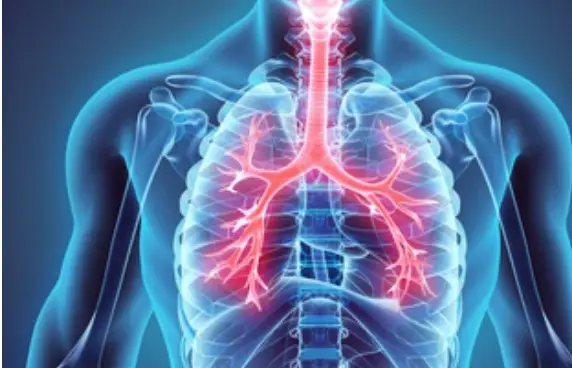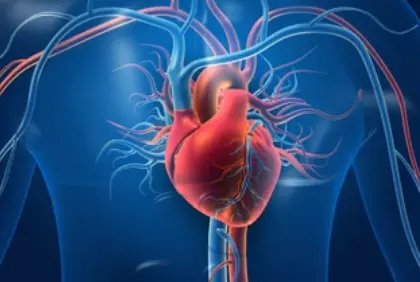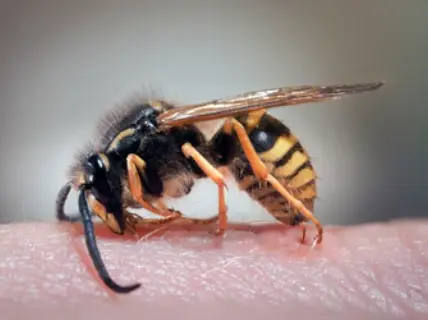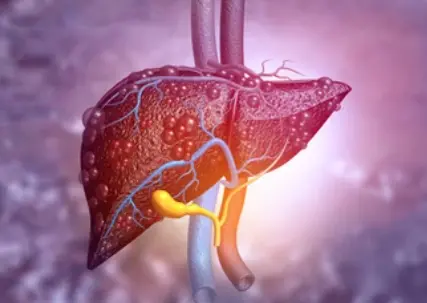 Welcome
Welcome
“May all be happy, may all be healed, may all be at peace and may no one ever suffer."
Leishmaniasis - Generics
Leishmaniasis is a parasitic disease caused by various species of Leishmania protozoa, which are transmitted to humans through the bites of infected female phlebotomine sandflies. The disease is prevalent in tropical and subtropical regions, including South America, Asia, Africa, and the Mediterranean region.
There are three main forms of leishmaniasis: cutaneous, mucocutaneous, and visceral. Cutaneous leishmaniasis affects the skin, causing ulcers, nodules, or scaly plaques at the site of the sandfly bite. Mucocutaneous leishmaniasis affects the mucous membranes of the nose, mouth, and throat, causing disfigurement and difficulty breathing. Visceral leishmaniasis, also known as kala-azar, affects the internal organs, particularly the liver, spleen, and bone marrow, and can be fatal if left untreated.
The symptoms of leishmaniasis vary depending on the type of infection and the individual's immune response. In general, symptoms may include fever, fatigue, weight loss, and anemia.
Diagnosis of leishmaniasis typically involves laboratory tests to detect the parasite in tissue samples or blood samples. Treatment varies depending on the type and severity of the infection, but typically involves antiparasitic medications, such as pentavalent antimonials, amphotericin B, or miltefosine.
Prevention of leishmaniasis involves avoiding exposure to sandfly bites by wearing protective clothing, using insect repellents, and avoiding outdoor activities during peak sandfly activity. Other prevention strategies include controlling sandfly populations and providing treatment for infected individuals to reduce the spread of the disease.

Vitamin and mineral suppl...

Anaemia due to inflammato...

Severe or recurrent resp...

Urine alkalinization

Congestive heart failure

Aid in diffusion of local...

Insect bites

Jaundice
Leishmaniasis, লেশম্যানিয়াসিস
To be happy, beautiful, healthy, wealthy, hale and long-lived stay with DM3S.